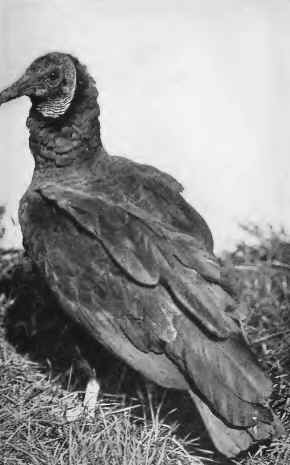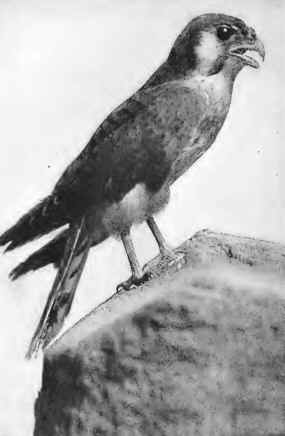Bird Identification – Owls
Like many children I know, owls begin to be especially lively toward night, only they make no noise as they fly about. Very soft, fluffy plumage muffles their flight so that they can drop upon a meadow mouse creeping through the grass in the stilly night before this wee, timorous beastie suspects there is a foe abroad. As owls live upon mice, mostly, it is important they should be helped to catch them with some device that beats our traps. If mice should change their nocturnal habits, the owl’s whole scheme of existence would be upset, and the hawks would get the quarry that they now enjoy: mice, rats, moles, bats, frogs and the larger insects. You see the farmer has invaluable day and night allies in these birds of prey which take turns in protecting his fields from rodents, one patrol working while the other sleeps. On the whole, owls are the more valuable to him. They usually continue their good work all through the winter after the hawks have gone South. Can you think of any other birds that work for him at night?
Not only can owls fluff out their loose, mottled plumage, but they can draw it in so close as to change their shape and size in an instant, so that they look like quite different birds, or rather not like birds at all, but stumps of trees. Altering their outlines, changing their shape and size at will, is one of these queer birds’ peculiarities. Their eyes, set in the centre of feathered discs, do not revolve in their sockets, but are so fixed that they look only straight ahead, which is why an owl must turn his head every time he wishes to glance to the right or left.
 Turkey buzzard: one of Nature’s house cleaners.
Turkey buzzard: one of Nature’s house cleaners.
 The beautiful little sparrow hawk.
The beautiful little sparrow hawk.
Another peculiarity is the owls’ method of eating. Bolting entire all the food they catch, head first, they digest only the nutritious portions of it. Then, bowing their heads and shaking them very hard, they eject the bones, claws, skin, hair and fur in matted pellets, without the least distress. Some children I know, who swallow their food in a hurry—cherry stones, grape skins, apple cores and all—need a similar, merciful digestive apparatus.
Like the hawks, owls are devoted, life-long mates. The females are larger than the males. Some like to live in dense evergreens that hide them from teasing blue jays and other foes by day; some, like the barn owl, prefer towers, church steeples or the tops of barns and other buildings; some hide in hollow trees or deserted woodpeckers’ holes, but all naturally prefer to take their long, daily naps where the sunlight does not penetrate. They live in their homes more hours than woodpeckers or any other birds. No doubt we pass by many sleeping owls without suspecting their presence.
